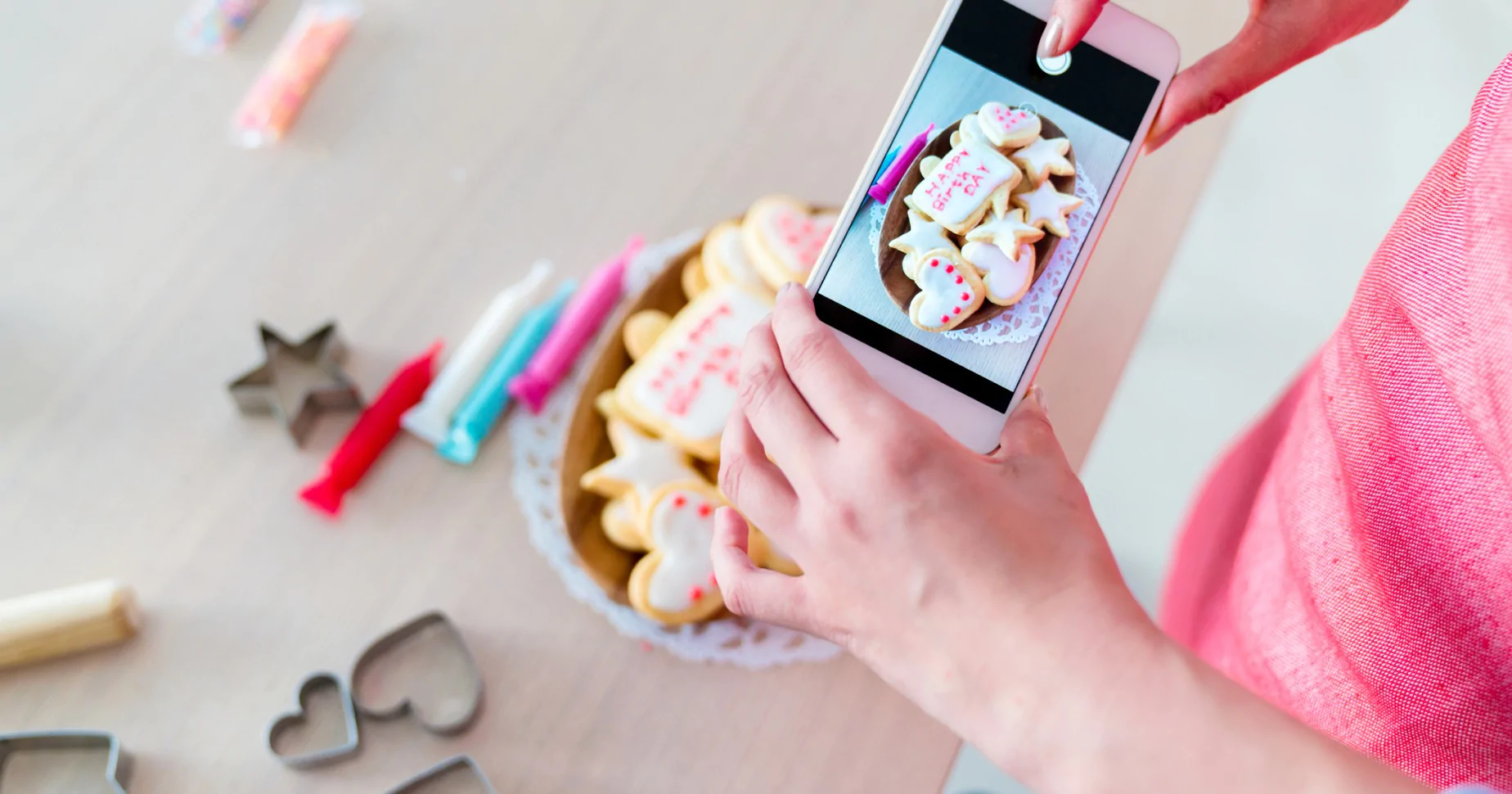How to Get Good Quality Prints?

To achieve the best print quality, you should prepare the photo for printing. Ensure that it is sharp and well-exposed. Do not blow up the image; a slightly out-of-focus image may not look sharp enough when blown up. You also need to ensure that the print is high quality. If you are using an unprofessional printer, check for a quality guaraantee. You should also be aware of the costs involved.
Paper or Feeler Gauge
After you have set the material to be printed, level the bed of the 3D printing services. Also, adjust the distance between the nozzle and the bed. Most printers come with a recommended distance between the two. If the printer does not come with a recommended distance, use a paper or feeler gauge to determine the correct distance. The gauge should slide smoothly under the nozzle without exerting force. Repeat this process three times.
Nozzle Temperature
Another factor that determines print quality is the nozzle temperature. If the nozzle is too hot, it will cause filament strings between parts and melt the top layer on tall objects. This can be avoided by placing a one centimeter cube opposite to the part. If this does not work, consider using shield structures to help avoid filament strings. You can find shield structures in slicer programs. Finally, use different building plates to create different effects.
Sales and Promotions
One of the best places to order photo prints is Bay Photo. With regular sales and promotions, this online printer will provide quality prints for a reasonable price. Bay Photo’s customer service is outstanding, and the packaging is top-notch. Keep in mind that shipping can make photos wrinkle or bend. You should order photos that are of the right size. You can even use mobile photo printing services if you don’t have time to visit a physical printer.
When printing photos, you should remember that the colors you see on your screen will differ from the printed version. Colors on the screen will be less saturated or darker than in print. Make sure to keep this in mind when adjusting the lighting or contrast. If you are printing your photos, you should also use the widest color space possible for your printing. You should use ProPhoto RGB or Adobe RGB to ensure the most accurate color reproduction. The best color space for internet sharing is sRGB.
Lower Quality Print
After making adjustments to your printer’s settings, you can begin the printing process. A dialogue box will appear containing the default settings. Change these settings before printing. Also, you can access the system preferences from the start menu. In this menu, you can change the default settings for your printer, change the settings for a single print, or restore the default settings. You can also turn on eco-friendly mode or lower quality print settings to reduce the energy consumption of your printer.
Another important consideration is the f-stop. Although it is tempting to print a large image file from a duplicate file, it can cause issues with the image resolution. The image will appear compressed, resulting in an inferior quality print. Instead, print your photo from an application and not from a duplicate file. If you’re using a PicMonkey, make sure to save it as a PNG. Don’t forget to check the DPI before printing.
Online Photo Services
Printing your photos is an important part of the photo editing process, but many photographers don’t actually make physical copies of their work. Instead, they view their work on the web or browse organized folders on their computer. Printing your work will not only provide a unique way to view your work, but will also give you the opportunity to display your work in galleries or hang it on your wall. If you don’t have a printer, you can use online photo services to save money and ink replacement costs.
Expertise of Lisa Hannon
If you are interested in learning more about 3D printing services, then you have come to the right place. This article will cover some of the most important points you should consider before hiring a service. This article is based on the expertise of Lisa Hannon, marketing manager at Fisher Unitech. She has been involved in marketing management since 1998, and most recently worked with Stratasys. Follow her on Twitter! The world of 3D printing is changing, and she’s here to help.
Conclusion:
A 3D printer is a computer-aided design system that creates physical objects in a 3D model. This process can be facilitated by CAD software, a 3D scanner, or a digital camera with photogrammetry software. CAD-based 3D printing processes result in fewer errors, and any errors can be fixed before the final product is printed. The manual process of modeling consists of carving out a design by hand. 3D scanning involves collecting data about a real object and translating it into triangulated surfaces and vertices. This process creates hundreds of two-dimensional layers of the original object.